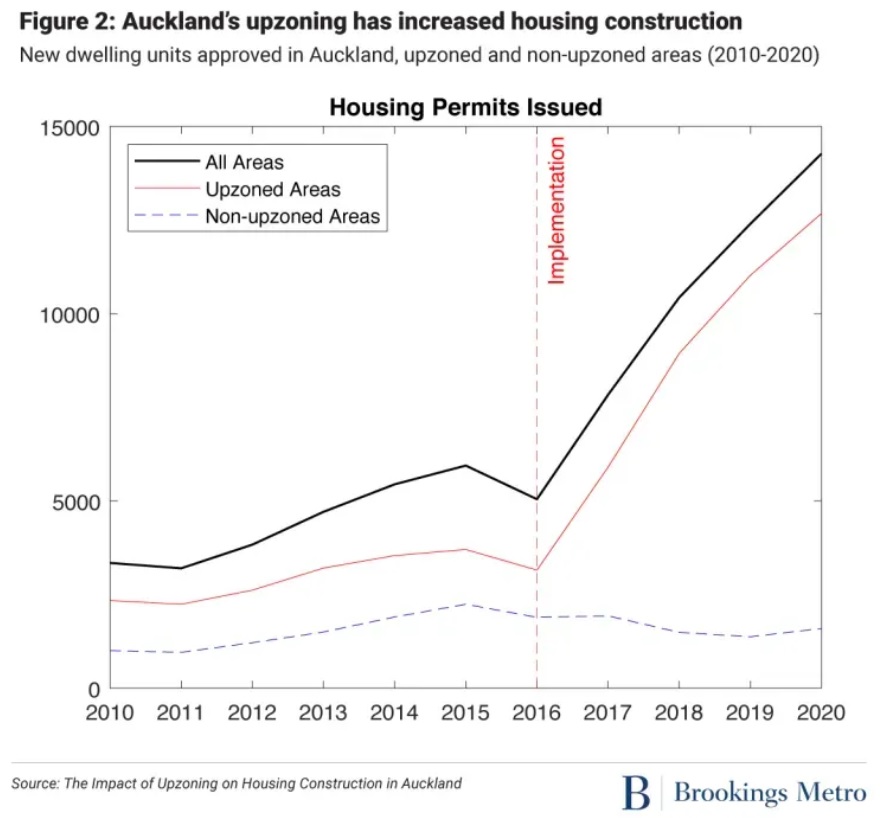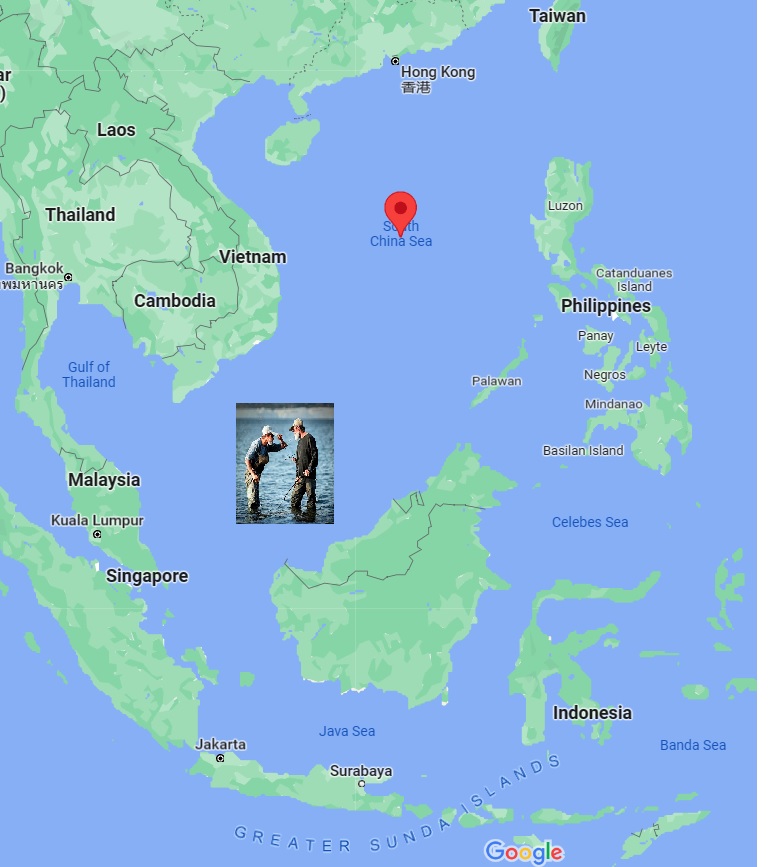We recently hired a company to do a relatively major job on our house. It was expensive. There is some remodeling work we’d also like to have done but it is crazily expensive. Construction is way too costly and is one of the only sectors to have seen no productivity gains over the last 70 years; in fact productivity has fallen! A construction worker actually produces less today (by 40 percent!) than they did 70 years ago (see chart below). This is not good for us personally but also not good for our country.
The disaster that is our construction sector has far-reaching social and economic consequences well beyond making it difficult to remodel a bathroom, do an addition or build a new house, building or bridge. It forces people to move rather than make changes to their existing home. Because of the related problem that we make it too difficult to build housing (we have a bad regulatory system that nobody wants to talk about and bad zoning which many people are starting to talk about), people often have to move to locations not advantageous to their jobs, lives and the environment. The construction disaster is getting some attention with Ezra Klein writing about it in the New York Times this week.
We Americans mostly are complacent and just accept problems like this as some inevitable part of life. It got us so amped up that instead of our usual whimsical opening, we find ourselves writing about policy. We hope soon we’ll all start getting as riled up about the unnecessarily high cost of construction as we do about—checks headlines from last week–balloons. In the meantime we provide cool, collected air about how Auckland, New Zealand shows us how to lower housing costs, Vietnam and Indonesia cooperating and how so many are talking out of their hats about balloons. It’s this week’s International Need to Know, surveilling the world from ground level, like a less cute, smarter, more analytically driven groundhog.
Rumor has it we are wrestling bears next week rather than international information and data. We’ll be back on February 23 to dispel these rumors.
Without further ado, here’s what you need to know.
Auckland Shows How to Lower Housing Costs
We voted in Seattle this week on a housing ballot measure, another attempt to address the large homeless problem here. We wonder if we could instead take a page from Auckland, New Zealand. Pradyumna Prasad’s substack asserts, as do many other economists, that supply is the problem—we are not supplying enough homes and that is because we’ve made it too difficult to build housing. He states that Auckland smartly addressed its high cost of housing in 2016 by “allowing more dense housing, allowing more housing overall and removing parking restrictions among other changes.” We note that among the “other changes” is making it easier to navigate regulations to actually build the housing. Did these changes work? Prasad reports yes, “Housing construction overall increased, and construction in upzoned areas increased much more than those that were not.” Housing prices fell and rents went up more slowly. Sometimes it really is about supply and demand and one needs to address the supply part of the equation. We look forward to a measure addressing these issues more forthrightly appearing on a Seattle ballot someday soon. Bueller? Bueller?
Vietnam and Indonesia Easy on EEZ
It escaped our attention in the hustle and bustle of the end of the year that Vietnam and Indonesia came to an agreement on long standing differences in the South China Sea. While China is aggressively claiming territory 1000 miles from its borders in the South China Sea, other countries also have disagreements there. But in late December, “After 12 years of intensive negotiations, Indonesia and Vietnam have finally concluded negotiations on the EEZ boundaries of the two countries based on the 1982 UNCLOS.” For the acronym wary, and we’re one of them, EEZ is exclusive economic zones, an area of the sea over which countries have certain rights. UNCLOS is the United Nations Convention on the Law of the Sea, the international law governing such arguments. Much of Indonesia and Vietnam’s dispute focused on fishing. China’s overarching claims and power seem to have helped convince Vietnam and Indonesia to come to a settlement. Now they can cooperate better with each other to ward off China’s aggressiveness. Maybe authoritarian, expansionist countries can play a constructive role, if only inadvertently.
China Corner: Deflating Your Balloon
We were not going to write about balloon-gate but we’ve seen so many bad and inaccurate takes that we can’t help ourselves. First let’s make clear we are not a balloon expert, neither about weather, surveillance or even balloons used by clowns to make animals. But lesson number one from this episode is lots of people present themselves as experts who clearly aren’t. We read lots of China experts who pointed us to alleged balloon experts. These experts early on claimed it is difficult to shoot down a balloon. Obviously given ensuing events that is not true. Now perhaps using an expensive AIM-9X missile which we are told, but don’t know for sure, is much more expensive than the balloon that was shot down, is an inefficient way to take down such contraptions. Even so, the balloon experts were incorrect that we could not shoot down the balloon. Second, we saw all sorts of China experts making all kinds of assertions about why the Chinese sent the balloon into U.S. territory.
The truth is none of them know. In fact, one of the biggest challenges for dealing with China is we don’t have a good understanding of how China makes decisions. Again, many China experts will wave their hands pretending they understand, but they don’t. Chinese decision making processes at the top are very opaque. So what happened in this balloon escapade? Some people have theorized that hard core factions in China did this to sabotage Blinken’s trip to China. Others say it’s the left hand not knowing what the right hand was doing in China. Either of these theories could be true. But given that U.S. authorities claim that Chinese balloons have entered U.S. territory in the past (we have no way of knowing if this is true), an explanation that makes the most sense to us is this was just another example of China flying a balloon into the U.S. and in the past we dealt with it quietly. But this time the balloon was spotted by folks on a commercial flight (perhaps for some unknown reason the balloon was flying at a lower altitude than usual) and the news got out about the balloon. That meant the U.S. had to act for domestic political reasons. We, of course, don’t know, but this explanation fits the facts better than most. We also don’t know whether it is smart or not to let Chinese balloons fly over U.S. territory (perhaps we are providing them false information when they do so), whether we fly similar devices over Chinese territory, and a whole host of other factors that are needed to do a helpful analysis of this situation. As always, the three most underused words in the English language are, “I don’t know.”




